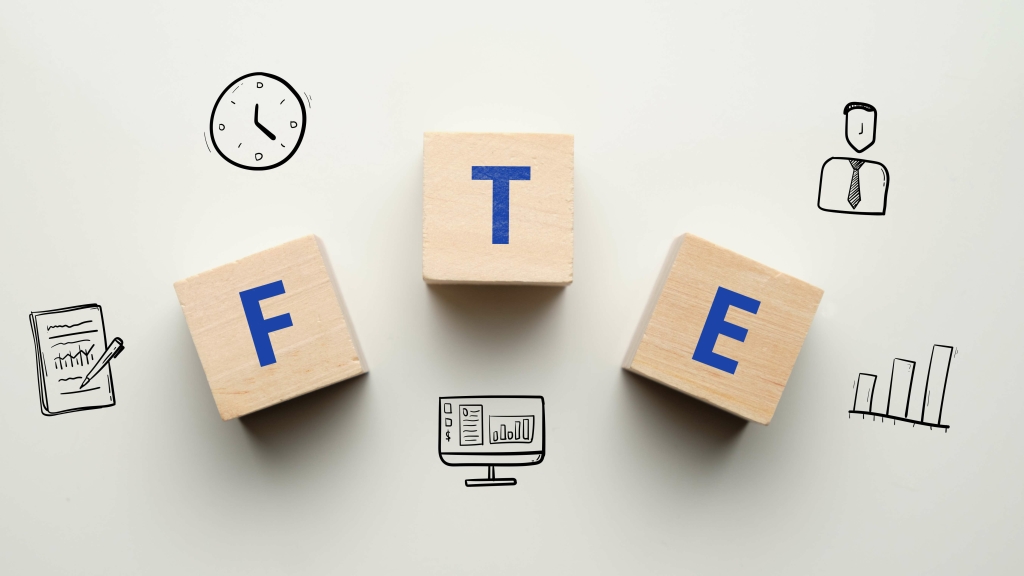Keys for Determining the Creditworthiness of a Customer
One major challenge is assessing creditworthiness, as businesses often rely on historical data that may not accurately reflect a customer’s current financial position. This can result in credit limits that are either too restrictive, hindering sales, or too lenient, increasing the risk of bad debt. Another way to evaluate the business credit risk of a customer is by examining their debt-to-income ratio. This ratio provides insights into how much of their monthly income is allocated towards debt repayment. Calculate the ratio by dividing monthly debt payments by gross monthly income. A low DTI ratio indicates a healthy balance between debt and income, whereas a high DTI ratio shows that a client has more obligations than the monthly income.
Cash Flow Stability
- The risk level can be set by utilizing the daily sales outstanding calculation to determine the health of your accounts receivable.
- Based on all of the above, set a financial limit for each customer you deem to be creditworthy and decide how many days after delivery of your products that full payment will be due to you.
- While offering credit can attract more customers and increase sales, it also poses risks to the business’s cash flow.
- Managing customer credit and payment terms is essential for the financial health of small businesses.
You should balance the short-term gains and losses with the long-term benefits and costs. Remember, these factors are not exhaustive, and each negotiation will have its unique considerations. By carefully assessing these aspects and leveraging insights from different perspectives, you can navigate credit term negotiations effectively and secure favorable terms for your business. Negotiating credit terms can be stressful and intimidating, especially if you are dealing with large or powerful suppliers, or if you have limited options or alternatives. You should be prepared and confident, and have a clear and realistic goal, a well-defined strategy, and a backup plan.
Finding balance
Consider discounting or running promotions to move these products faster and generate much-needed cash. While it’s important to enforce your terms, showing flexibility in special circumstances can build customer loyalty. How To Determine Customer Credit Terms Negotiate adjusted payment schedules for clients facing temporary financial difficulties while keeping your interests protected. Generate ICAI-compliant financial statements for non-corporates using the Excel template.
Assess credit worthiness of customers
- Our solutions empower your business to make informed credit decisions, prevent financial losses, and build strong financial partnerships.
- You should also verify their identity, their legal status, and their contact information.
- You can use these information to assess the customer’s ability and willingness to pay their debts on time.
- This section aims to provide insights from various perspectives to help you navigate this complex area.
- Demonstrating a track record of reliability can provide the seller with the confidence needed to offer extended payment periods or higher credit limits.
Net 30 accounts mean the customer has 30 days to make payment on their account. Net terms dictate how long a customer has to make payment after receiving an invoice. In contrast, the credit policy for most small businesses tends to be quite informal and lacks the items found in the formal credit policy of a larger business. Many small business owners rely on their instincts as their credit policy.
It can provide information such as the amount of debt, the payment history, the credit score, and any legal actions or bankruptcies. You can request a credit report from a credit bureau or a credit agency, such as Experian, Equifax, or Dun & Bradstreet. You may have to pay a fee for this service, depending on the type and depth of the report. A credit report can help you to assess the credit risk and the credit limit of your suppliers and customers. Whether you’re a small business owner or managing the finances of a large enterprise, understanding credit terms is essential for maintaining healthy cash flow and fostering strong customer relationships.
Your Ultimate Guide to Credit Terms & Conditions
Market risk is an essential aspect of the investment world that investors should understand. I think that sometimes people are frightened to take the risk of entrepreneurship.
Key Components of Credit Terms
By implementing these strategies and techniques, you can navigate credit negotiations successfully. Our business is built on supporting relationships between people and organizations, relationships that extend across frontiers of all kinds – geographical, financial, industrial, and more. We are constantly aware that our work has an impact on the communities we serve and that we have a duty to help and support others. Everyone at Allianz Trade is encouraged and supported in giving back to communities around them and sharing the benefit of our skills and resources.
In this section, we will discuss some of the best practices for managing credit risk, and provide some examples of how to apply them in different scenarios. Managing customer credit and payment terms is a critical aspect of financial management for small businesses. One of the key strategies in this area is conducting thorough customer credit checks to assess the creditworthiness of your customers. By implementing this practice, businesses can minimize the risk of late payments or defaults, ultimately improving cash flow and financial stability. By taking these proactive measures, businesses can minimize credit risks, improve cash flow, and maintain financial stability in the long run. One of the key financial strategies for small businesses in managing customer credit and payment terms is to establish clear credit policies.
Early payment discounts, for example, can incentivize customers to pay their invoices sooner, thus improving cash flow predictability. When customers take advantage of these discounts, businesses receive payments faster, which can be particularly beneficial during periods of high expenditure or when unexpected costs arise. This practice not only enhances cash flow but also reduces the risk of late payments and bad debts, contributing to a more stable financial environment. Evaluating a customer’s creditworthiness is a fundamental step in establishing effective credit terms. This process involves analyzing various financial indicators and qualitative factors to determine the likelihood that a customer will fulfill their payment obligations. One of the primary tools used in this assessment is the credit report, which provides a detailed history of the customer’s past credit behavior.
Grace periods can be a financial lifesaver for many individuals and businesses alike. By exploring these aspects without explicitly stating the section title, we gain a comprehensive understanding of credit terms and their significance in business transactions. Another approach is to use 10% of a customer’s working capital, but as with net worth it may not support the credit limit required for orders. The economic situation recently has seen a resurgence in the need for organization-specific credit limits, and the necessity of reviewing and adjusting them as circumstances change. Say goodbye to complex, manual Net 30 admin with online invoicing software from Sage. Our intuitive, dynamic solutions seamlessly streamline invoice generation and management so you can focus on running your business.









